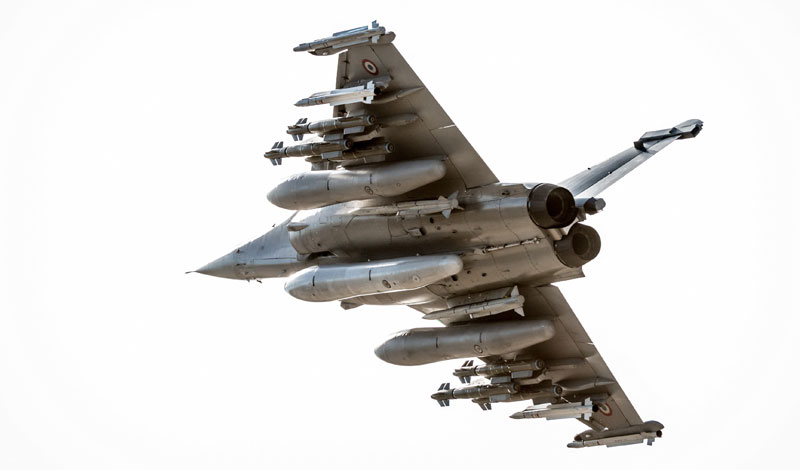Mixed Fleet Analysis
The idea of a mixed fleet is not new to Canada. Prior to the introduction of the current CF-18 fleet, the Royal Canadian Air Force operated three separate fighter aircraft: the McDonnell Douglas CF-101 Voodoo, the Canadair CF-104 Starfighter, and the Canadair CF-5 Freedom Fighter. With the introduction of multi-role fighters like the CF-18, nations such as Canada have moved away from the operation of mixed fleets towards the operation of a single multi-purpose fleet, capable of fulfilling a number of fighter aircraft functions at a reduced cost associated with training and maintenance support.
That said, there are still countries that operate mixed fleets of fighter aircraft by choice. In particular, some countries with large air forces have chosen to employ a "high-low" mix that include a larger number of cheaper, less capable aircraft along with a smaller number of more expensive, more capable aircraft. The US Air Force, for example, has long employed this model with the McDonnell Douglas F-15 Eagle and the General Dynamics F-16 Falcon.
Australia initially acquired its F/A-18 Super Hornets as a "bridge" between the retirement of its F-111 Aardvarks and the planned procurement of up to 100 F-35 Lightning-II Joint Strike Fighters. It has since decided to operate a mixed fleet of 24 F/A-18 Super Hornets and 12 E/A-18 Growlers (specialized for electronic warfare) alongside its F-35s.
Methodology
The viability of a mixed fleet was assessed through the use of the Air Force Structure Analysis (ASTRA) model. The ASTRA model was used to calculate the resources, in both aircraft and pilots, needed to meet the Canada First Defence Strategy commitments for a fighter aircraft, using the single fleet and the mixed fleet options respectively. The ASTRA model did not take into account additional concerns, such as the technological risks involved in implementing one solution or the other.
The calculations were based on real-world figures supplied during consultations with the fighter community. Domestic requirements were completed on the basis of the NORAD agreement. Requirements for expeditionary missions were calculated on the basis of Canadian Armed Forces commitments to NATO.
The analysis did not assess every combination of available fighter options. Instead, the analysis was based on an assessment of a generic combination of two fighters capable of fulfilling NORAD and NATO commitments and in keeping with the roles and missions identified by the Canada First Defence Strategy.
The analysis was based on a number of assumptions, including:
- A minimum of 65 fighter aircraft is needed to meet the mission requirements that are outlined in the Canada First Defence Strategy
- Of the two aircraft types in a mixed fleet, one would be a lower-capability, lower-cost aircraft that could complete NORAD missions but not all NATO missions. The other platform would be of a higher-capability, most likely a higher-cost fleet, capable of completing all NORAD and NATO missions
Summary of Bridging and Mixed Fleet Analysis Findings
The analysis found that a mixed fleet of higher capability aircraft able to fulfil the most challenging NATO missions and lower capability aircraft able to fulfil Canada's NORAD obligations totalling more than 65 aircraft could not provide the same overall capability as the single fleet of 65 higher capability aircraft. Moreover, there was strong evidence that unless the purchase cost of the fleet of lower-capability aircraft was half the purchase cost of the fleet of higher-capability aircraft, a mixed fleet would provide less capability at a higher cost.


